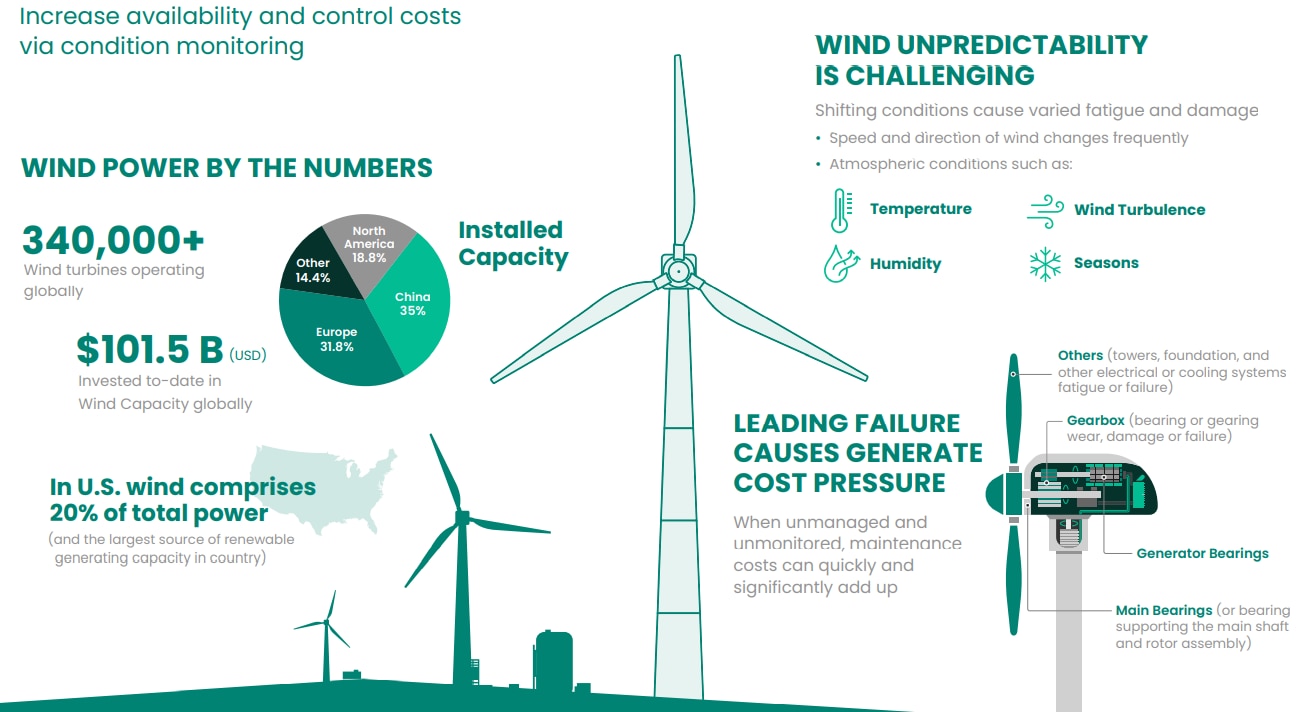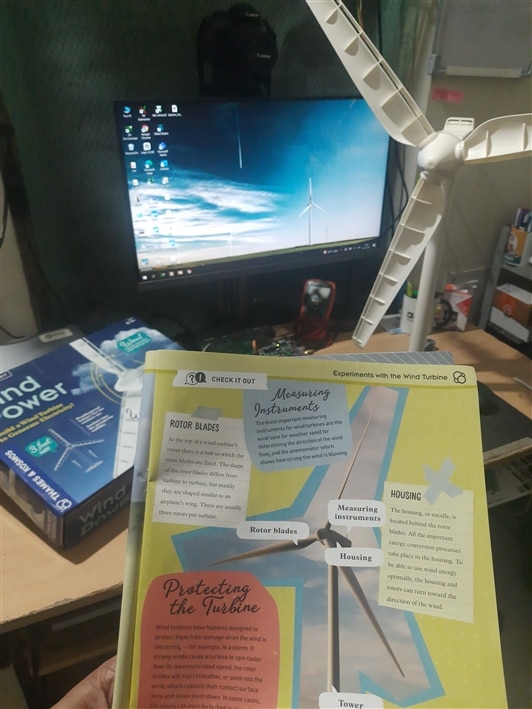Wind Turbine Health Monitoring
Table of Content:
- Project Overview
- Hardware Development
- Software Development
- Test Setup
- Hammond Enclosure Testing
- Moment of Truth
Problem Statement:
Wind provides a green, renewable energy source that fosters a more robust future by putting people, the environment, and our planet first. Around the world, the energy produced by wind turbines is on the rise, along with technological advancements and capabilities to fully harness wind's tremendous power. Wind turbines' financial and operational viability determines managing operations and maintenance (O&M) costs. Reducing repair costs delivers higher savings than avoiding downtime in wind operations since one de-escalated repair can make or break the asset's profitability. To harness wind power's tremendous and transformative potential, a wind farm must achieve and sustain low and predictable energy costs while reliably meeting power output commitments. However, the inherent nature of unpredictable wind conditions gives rise to wind farm challenges that can negatively impact wind turbine operations. Undetected operational issues can become chain reactions that escalate quickly, making repairs extraordinarily costly—and detrimental to wind farm viability. 
Pic Courtesy: https://bakerhughesds.com/
Proposed Solution:
To solve this, I propose a wind turbine condition monitoring system. The system captures environmental data such as temperature, humidity, wind speed, and vibration and rotational data of the turbine.
All this information is used to monitor the condition of the turbine under normal and hazardous conditions. The data from the accelerometer is then used to compute the health of the rotor and blades at the edge using
tinyML models. In case of anomaly detection, the data is sent over wirelessly using the LORAWAN network to the gateway node. The gateway node receives the data and further pushes it up to the Arduino cloud or display it locally on the gateway node. This can further drive meaningful decisions related to the maintenance of the turbine.
Block Diagram: 
Approach:
Testing on an actual wind turbine would not be economically feasible for this project. Hence, the Thames & Kosmos Wind Power V4.0 STEM Experiment Kit was chosen for this project because of its close resemblance to a real-world turbine. The Kit features a 5-way adjust blade adjust, a crucial distinguisher, as this enables us to simulate different rotor speeds and vibrations according to wind speed and blade position. The sensors would be housed in the enclosure and mounted to this wind turbine model. Once mounted, data would be collected from the turbine under different wind speeds and blade positions. The collected data would be then used to train a tinyML model to detect turbine faults. Here are some images from the Kit. The figure on the left shows the whole Kit after being assembled and the booklet. The figure on the left is a close-up shot of the adjustable blades positions of the rotor.

Hammond Enclosures (A Key Enabler):
Wind turbines are usually located in the most hazardous and unpredictable environments. Having an enclosure that protects the internal components against extreme weather conditions is equally important as other aspects of the projects. The enclosures and other accessories from Hammond are the key enablers to implement such projects in real and we shall see how Hammond enabled certain aspects of the project.

